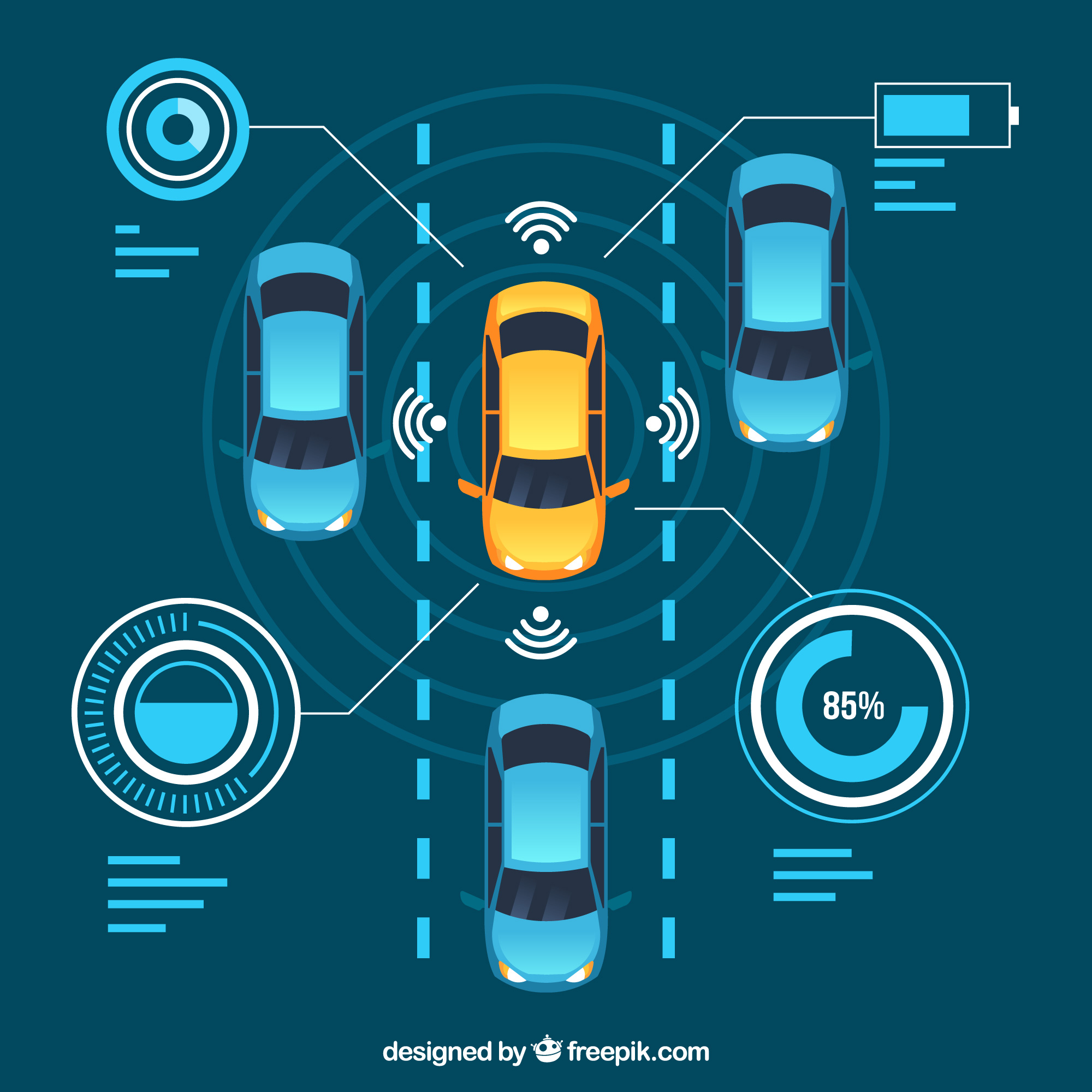Seven Automotive Connectivity Trends Fueling the Future
Innovative automakers, software developers and technology companies are leading a radical transformation in the automotive industry.
They are refining and redefining existing technologies. They are introducing new, exciting concepts like artificial intelligence and the connected car to give us a driving experience that will be like nothing we’ve ever known.
1. Driverless Cars
The first truly driverless car will be a game changer. But don’t expect to see widespread acceptance and production of driverless cars for at least another decade due to the need for a connected infrastructure and advancement of other technologies, such as V2V (vehicle 2 vehicle).
2. AI Interfaces
Automakers are expected to introduce models with AI interfaces as early as 2019 or 2020.
But that’s not all. With the increasing use of sensors and other technologies that collect data, AI will be key to making sense of everything.
Some automobiles already use AI for Level 3 autonomous driving. But for the industry to reach Level 5, major enhancements need to be made to the car as well as the infrastructure.
3. Telematics
Currently it is estimated that between 60 and 80 percent of cars sold in 2017 contained installed telematics.
However, the market for connected car packages continue to focus on premium vehicles. By 2022, 75 percent of connected car packages will be sold as part of smaller, less expensive cars.
4. V2V, Vehicle-to-Vehicle Connectivity
V2V technology, as the name implies, allows vehicles on a road to “talk to each other” by sharing data on speed, road conditions and other factors through an ad-hoc network created among vehicles.
V2V shows great promise in helping to avoid crashes, ease traffic congestion, and improve the environment. Taking the concept one step further, “vehicle-to-everything” (V2X) technology will make it possible for vehicles to communicate with smart traffic signals and even conduct a transaction at a gas pump.
It is expected that all new cars on the road will have V2V technology installed by 2023. And that V2X technology will follow along shortly thereafter.
5. Sensor Applications
Sensors such as LiDAR, radar, cameras and ultrasonic are significantly impacting auto safety, security and vehicle maintenance costs.
The future for sensors is now, and it is only a matter of how they are integrated into AI and connected car technologies that will determine their possibilities.
6. The Totally Connected Car
Widespread access to a connected car is not here yet, but the experts predict that 90 percent of new cars will be connected to the Internet by 2020.
7. Brain-to-Vehicle Technology
For the first time, with the integration of AI and connected car Internet access into the way we travel from Point A to Point B, the concept of human mobility is being engineered in alignment with: the human experience, the communities in which we live and the way we interact with the world around us.
Not all the trends that excite us today will survive the challenge of taking a bold vision into the future. However, the ideas that move from trend to reality will have a major impact on how we live our lives. The automobile, as we know it today, will soon become a relic and freedom of the road will take on an entirely new meaning.
Would you like to know more about our Automotive & Mobility Surveys? Contact-us.
We will be happy to exchange with you, to offer you a tailor-made study methodology and support throughout your project.
The LDB Mica Research Team
Sources:
– Main automotive connectivity trends fueling the future – JABIL
Freepik Image


